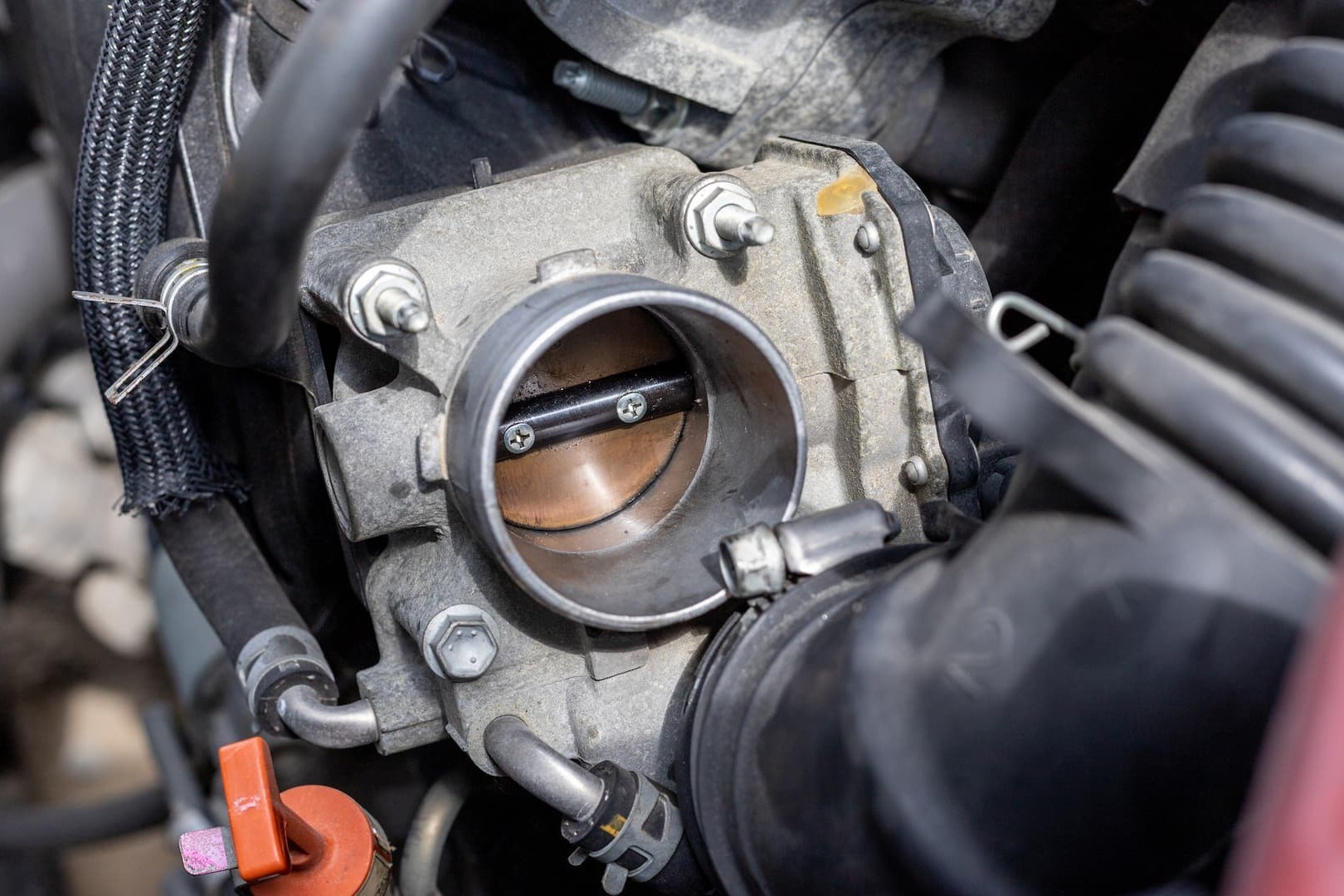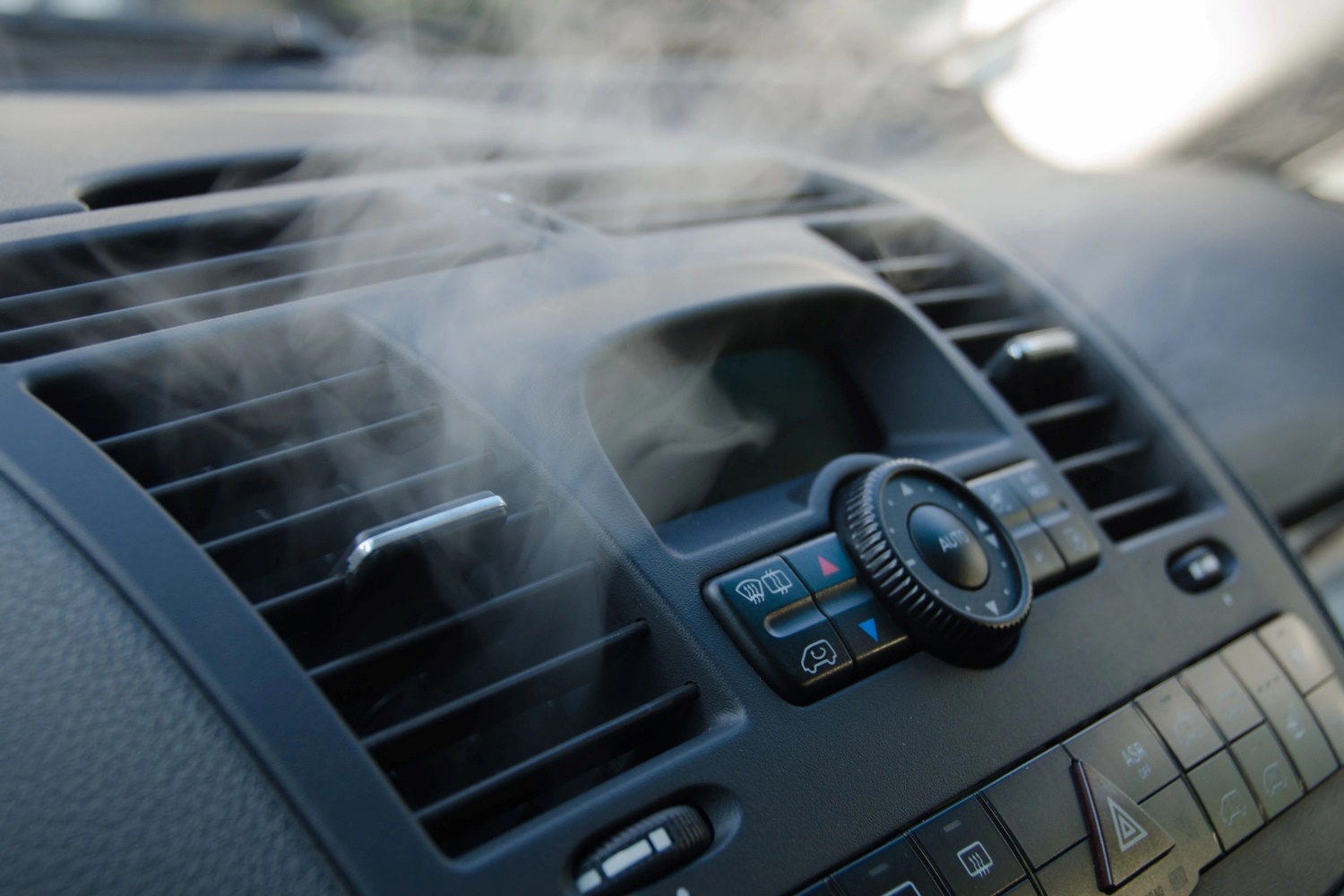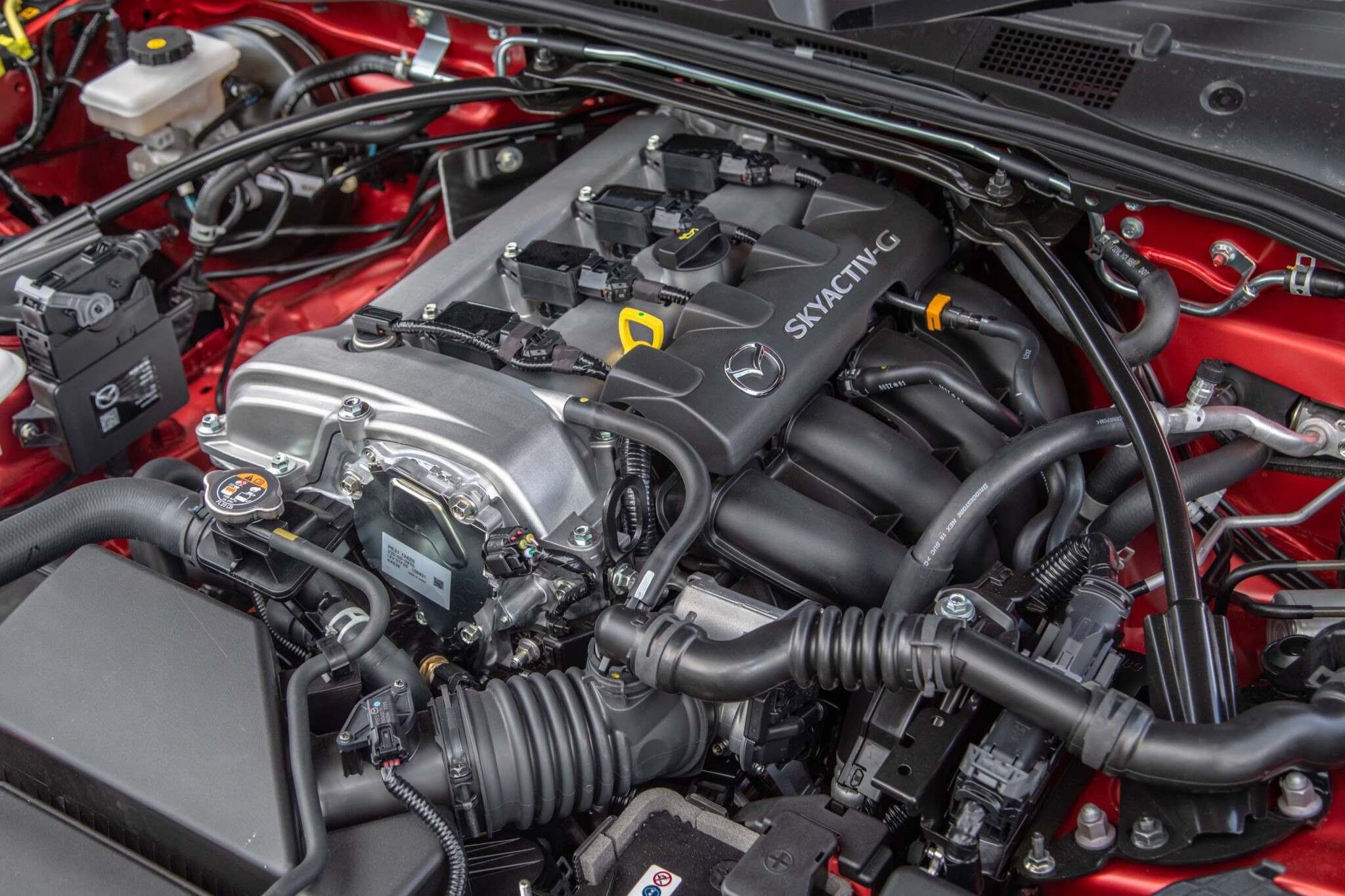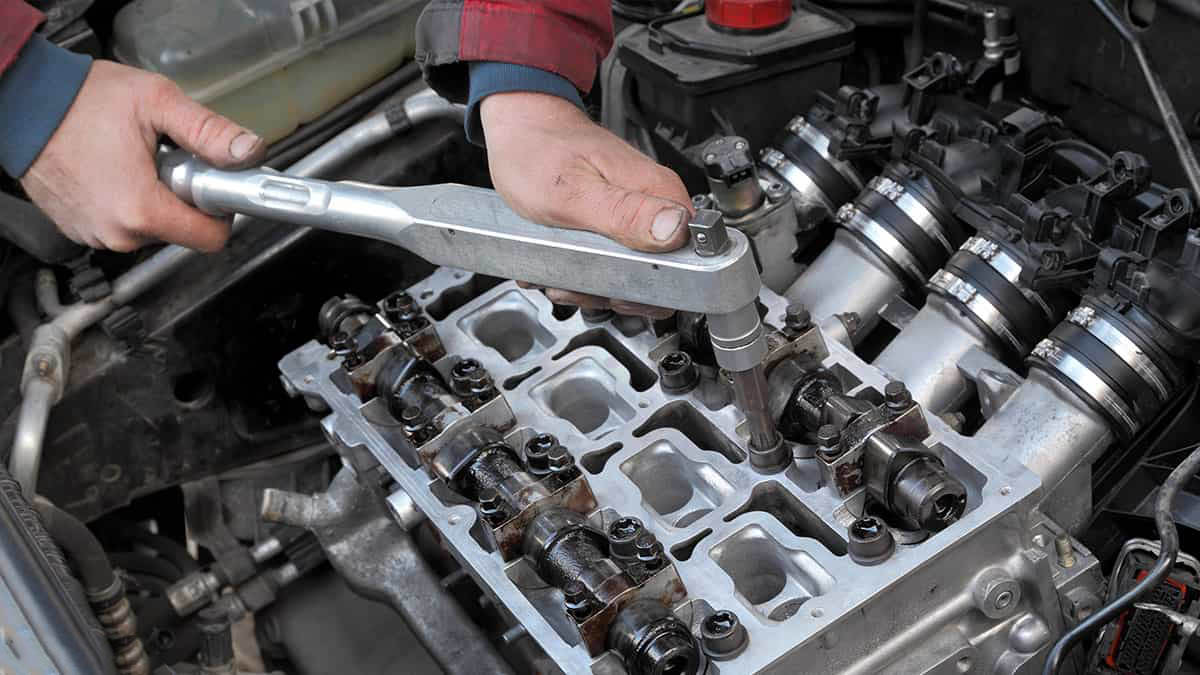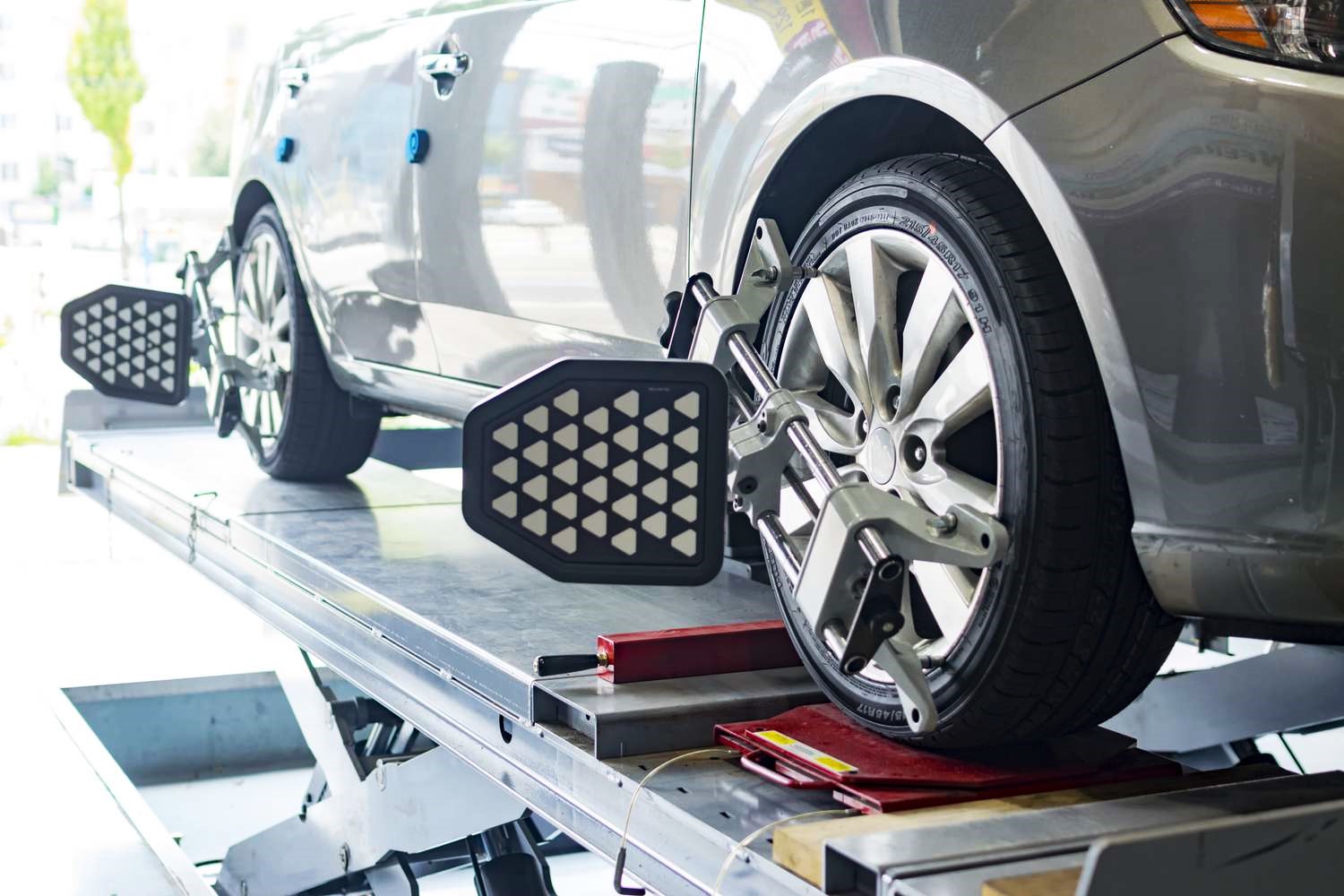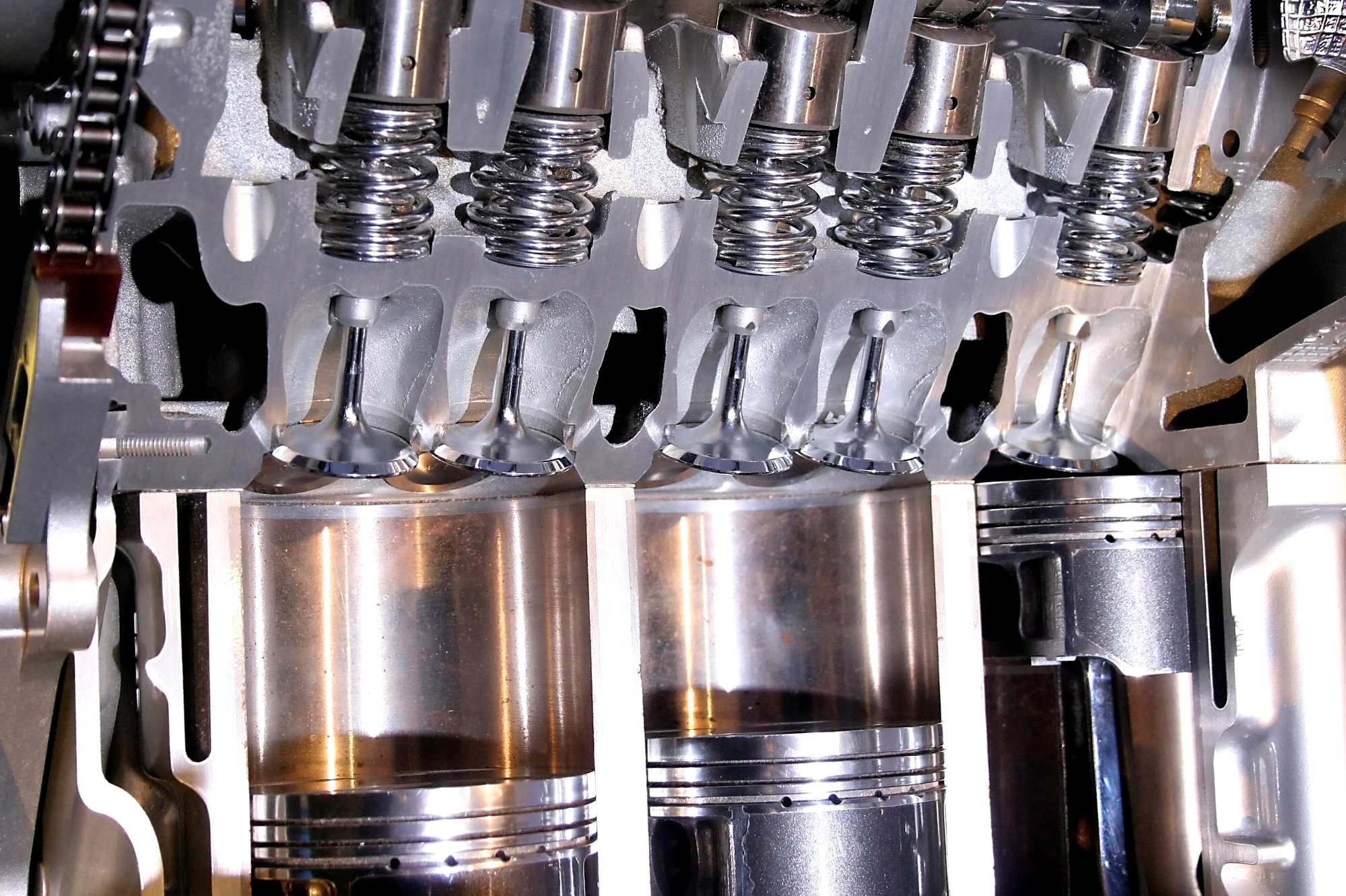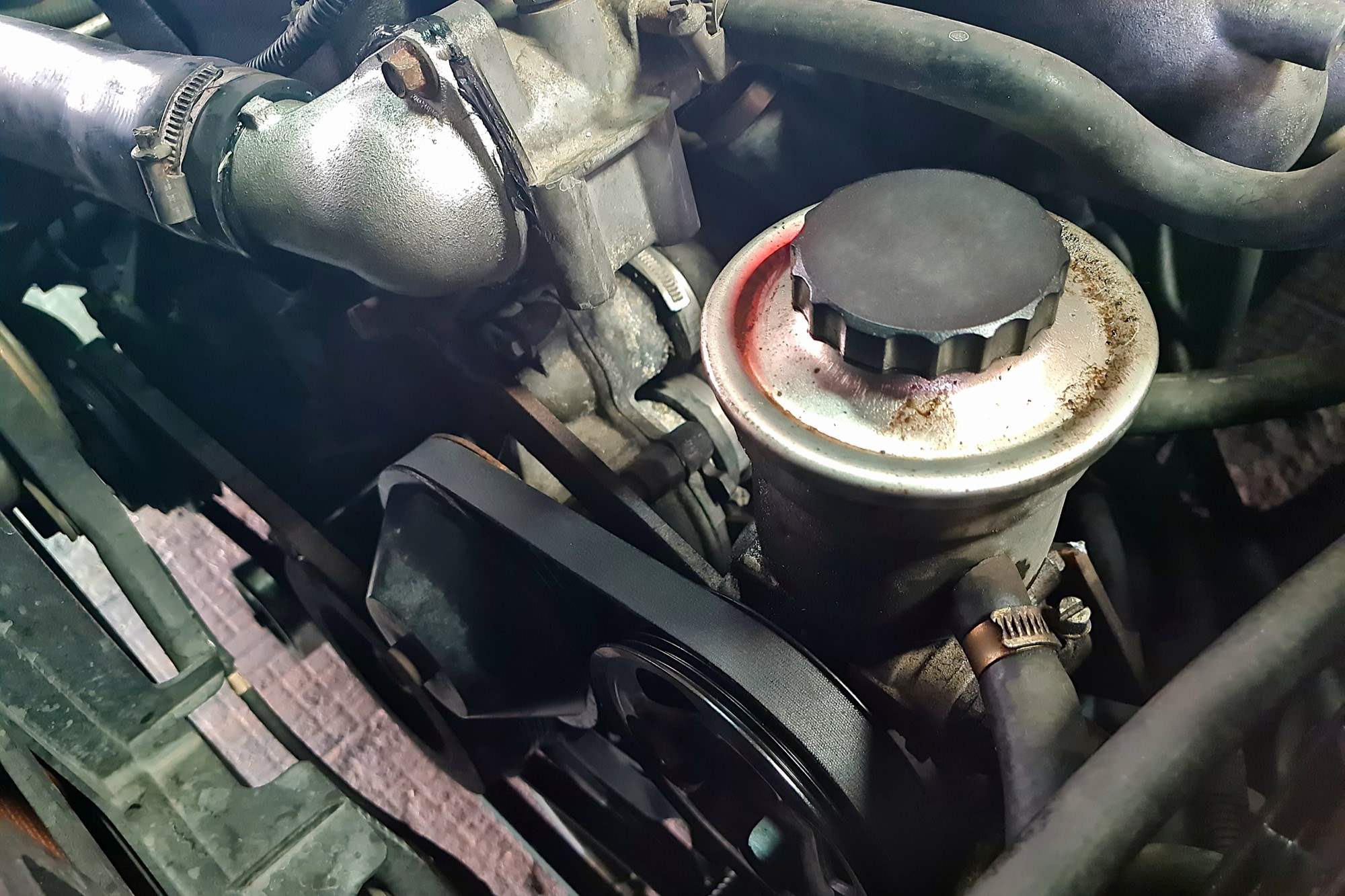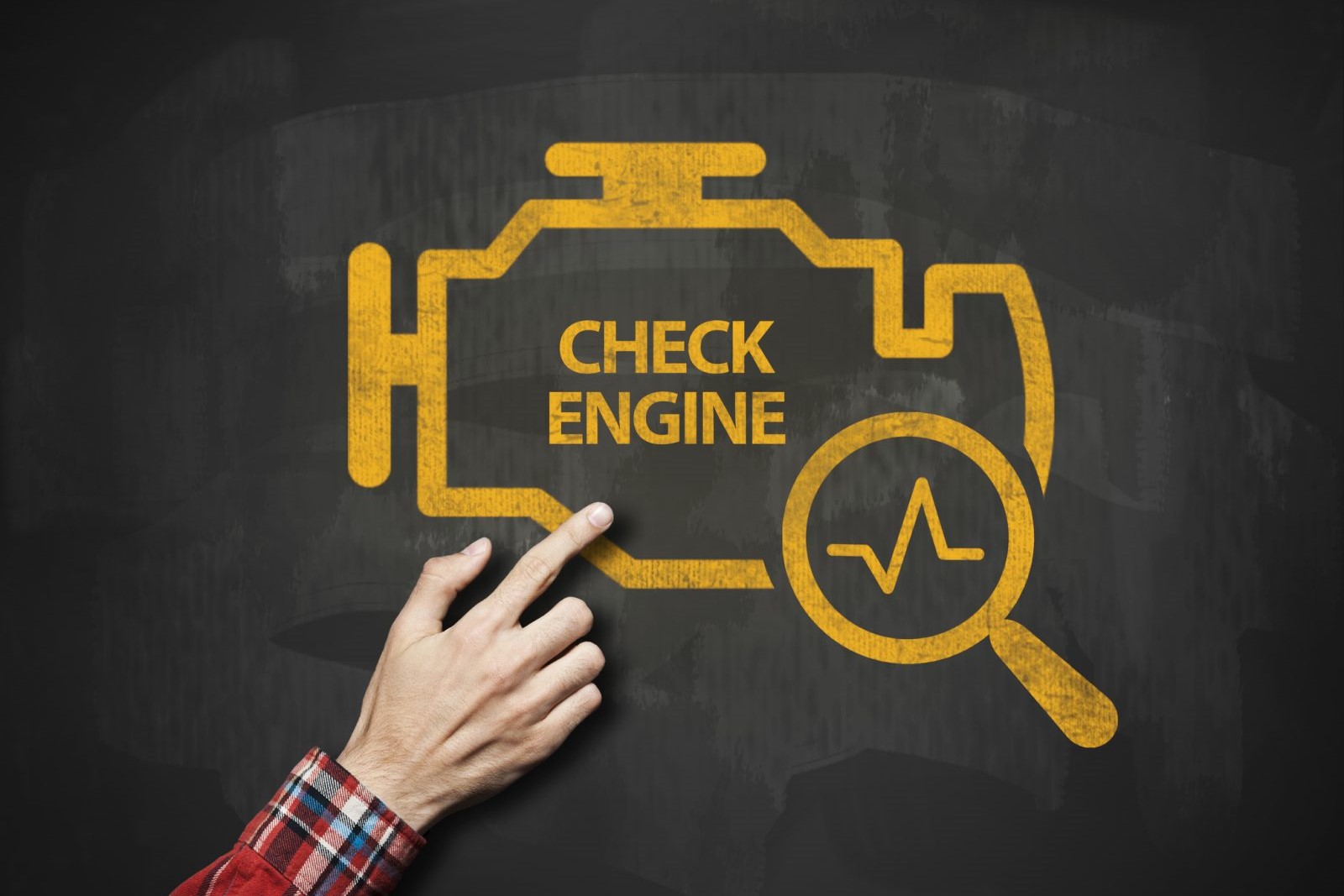Home>Automotive>5 Surprising Signs Of A Faulty Lifter In Your Car Engine!
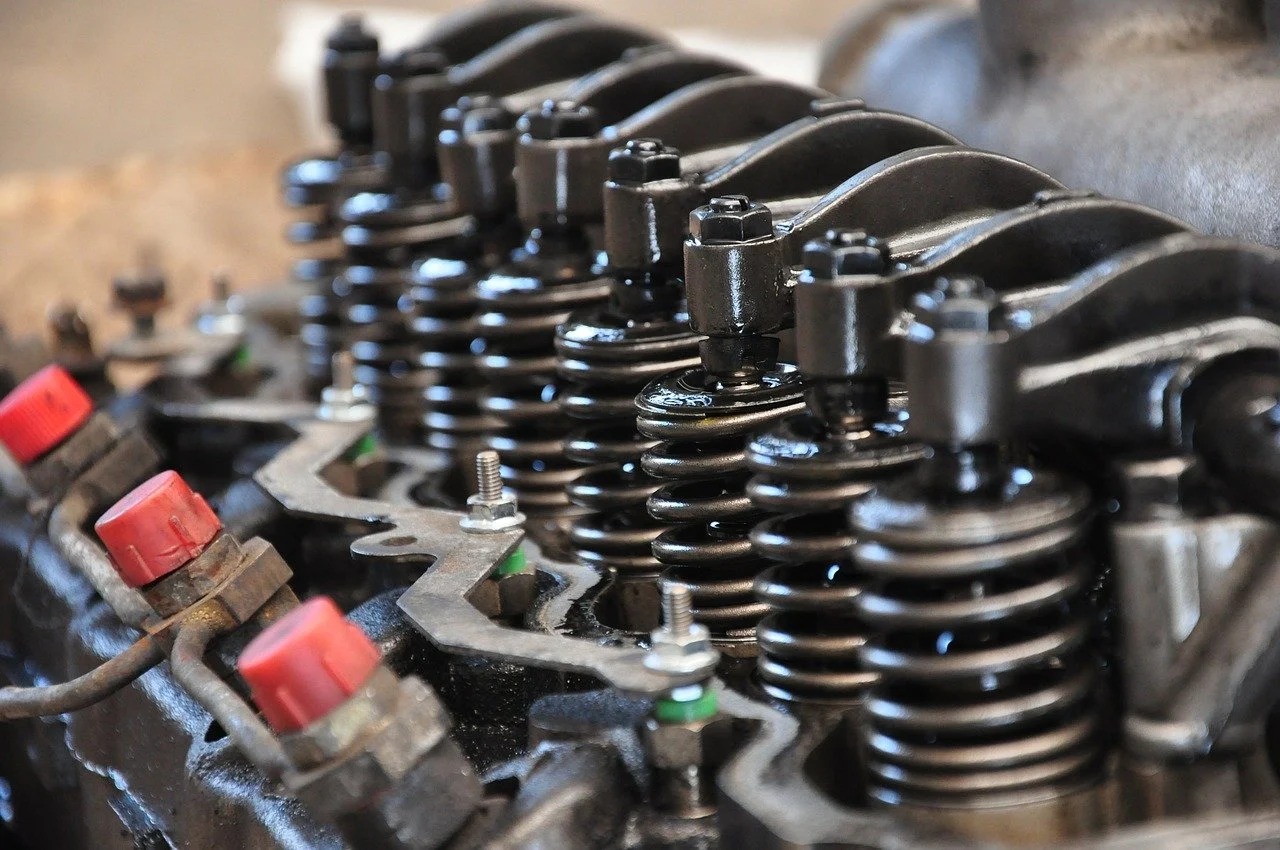

Automotive
5 Surprising Signs Of A Faulty Lifter In Your Car Engine!
Published: January 23, 2024
Discover 5 unexpected signs indicating a problematic lifter in your car engine. Learn how to identify and address automotive lifter issues.
(Many of the links in this article redirect to a specific reviewed product. Your purchase of these products through affiliate links helps to generate commission for Noodls.com, at no extra cost. Learn more)
Table of Contents
Introduction
When it comes to the intricate dance of components within a car engine, the lifters play a crucial role in maintaining smooth and efficient operation. These small but mighty parts are responsible for controlling the opening and closing of the engine's valves, thus ensuring the proper intake of air and fuel and the expulsion of exhaust gases. However, despite their vital function, lifters can sometimes fall victim to wear and tear, leading to a range of issues that can affect the overall performance of your vehicle.
In this article, we will delve into the often overlooked yet significant signs of a faulty lifter in your car engine. By understanding these indicators, you can take proactive measures to address any potential problems before they escalate, ultimately saving you time, money, and the headache of dealing with a major engine malfunction.
So, buckle up and prepare to uncover the lesser-known red flags that could signal a malfunctioning lifter within your car's engine. Whether you're a seasoned gearhead or a casual driver, this insight will empower you to stay ahead of potential engine woes and keep your vehicle running smoothly for miles to come.
Strange Engine Noises
One of the most telling signs of a faulty lifter in your car engine is the emergence of strange and unsettling noises emanating from under the hood. These noises can range from subtle tapping or clicking sounds to more pronounced knocking or rattling, all of which can serve as audible red flags signaling potential lifter issues.
The lifter, also known as a tappet or cam follower, is tasked with maintaining proper valve clearances and ensuring the smooth operation of the engine's valvetrain. When a lifter begins to malfunction, it can result in inadequate valve clearance, leading to the generation of distinct noises as the engine operates.
One common culprit behind these peculiar sounds is a phenomenon known as lifter tick. Lifter tick typically manifests as a repetitive tapping or ticking noise that synchronizes with the engine's RPM. This distinct auditory indication often points to a malfunctioning lifter unable to maintain optimal contact with the camshaft, resulting in the telltale tapping sound that can be a cause for concern.
Moreover, if the lifter issue progresses unchecked, the noises may intensify, evolving into more pronounced knocking or rattling sounds. These more severe auditory cues can signify a worsening lifter condition, potentially leading to detrimental effects on engine performance and longevity.
It's important to note that these strange engine noises are not just an annoyance; they serve as crucial warning signals that should prompt immediate attention. Ignoring or dismissing these sounds can exacerbate the underlying lifter issue, potentially leading to more extensive damage and costly repairs down the road.
In essence, when you detect unusual tapping, ticking, knocking, or rattling emanating from your engine, it's imperative to address the matter promptly. By doing so, you can mitigate the risk of further complications stemming from a faulty lifter and ensure the continued smooth operation of your vehicle's engine.
In the next sections, we will explore additional signs of a faulty lifter, providing you with a comprehensive understanding of the potential indicators to watch out for in your car's engine.
Loss of Power
Another significant indicator of a faulty lifter in your car engine is the unsettling experience of a loss of power during acceleration or while driving. This phenomenon can manifest as a noticeable decrease in the vehicle's overall performance, particularly in terms of acceleration and responsiveness.
The lifter's role in maintaining proper valve operation directly impacts the engine's ability to intake air and fuel efficiently, crucial for generating the power needed to propel the vehicle. When a lifter is compromised, it can disrupt the precise timing and coordination of the engine's valvetrain, leading to suboptimal performance and a tangible loss of power.
As the lifter's functionality diminishes, the engine may struggle to achieve the necessary valve clearances and timing, resulting in compromised combustion processes. This, in turn, can lead to a decrease in power output, making acceleration feel sluggish and overall engine responsiveness less dynamic.
Furthermore, a faulty lifter can disrupt the engine's ability to maintain proper compression, further contributing to the loss of power. With compromised compression, the engine's cylinders may struggle to generate the requisite force, impacting the vehicle's ability to accelerate and maintain consistent power delivery.
Moreover, the diminished valve operation caused by a faulty lifter can lead to inefficient fuel combustion, negatively affecting the engine's power output. This inefficiency can result in a palpable reduction in acceleration and overall driving performance, ultimately detracting from the driving experience and potentially compromising safety in certain situations.
In essence, experiencing a loss of power in your vehicle, particularly during acceleration or while driving, can serve as a clear indication of a potential lifter issue. By recognizing this symptom and addressing it proactively, you can prevent further deterioration of the lifter's functionality and maintain the optimal performance of your car's engine.
Now, let's delve into another crucial sign of a faulty lifter that can impact the overall operation of your vehicle's engine.
Rough Idling
Rough idling, characterized by an erratic and unstable engine idle speed, is a prominent symptom that can point to a faulty lifter within your car's engine. When your vehicle is at a standstill, such as at a traffic light or in a parked position, the engine should ideally maintain a smooth and consistent idle speed. However, when a lifter is compromised, the engine's idling behavior can become noticeably irregular, manifesting as a rough and unsteady idle.
The lifter's role in ensuring proper valve operation directly impacts the engine's ability to maintain a steady idle speed. When a lifter begins to malfunction, it can disrupt the precise timing and coordination of the engine's valvetrain, leading to fluctuations in idle speed and overall instability.
This irregular idling behavior can present itself as noticeable engine vibrations, uncharacteristic surges in RPM, or a general sense of unease in the engine's operation while at a standstill. These fluctuations can be disconcerting, especially if you're accustomed to a smooth and consistent idle from your vehicle's engine.
Moreover, a faulty lifter can contribute to inconsistent cylinder firing, further exacerbating the rough idling phenomenon. As the lifter's functionality diminishes, it can lead to misalignments in valve timing and clearance, impacting the engine's ability to maintain a stable idle. This can result in a disconcerting and unsettling experience for the driver and passengers, as the vehicle's engine may exhibit uncharacteristic behaviors during periods of idling.
Additionally, rough idling can also lead to increased fuel consumption and emissions, as the engine struggles to maintain an optimal idle speed. This can have implications for both environmental impact and fuel efficiency, potentially leading to increased operational costs and a less eco-friendly driving experience.
In essence, if you notice your vehicle's engine exhibiting rough and erratic idling behavior, it's crucial to consider the possibility of a faulty lifter as a potential underlying cause. By recognizing this symptom and taking proactive measures to address it, you can mitigate the risk of further complications stemming from a malfunctioning lifter and ensure the continued smooth operation of your vehicle's engine.
Now, let's explore another critical sign of a faulty lifter that can impact the overall operation of your vehicle's engine.
Engine Misfires
Engine misfires can serve as a compelling indicator of a potential issue with the lifters in your car's engine. These misfires, characterized by a noticeable interruption in the engine's normal combustion process, can manifest as abrupt jolts or hesitations during acceleration or while driving. When a lifter is compromised, it can disrupt the precise timing and coordination of the engine's valvetrain, leading to misalignments in valve operation that can contribute to misfires.
The lifter's role in maintaining proper valve clearances and ensuring smooth valvetrain operation directly impacts the engine's combustion process. When a lifter begins to malfunction, it can lead to inadequate valve timing and clearance, resulting in irregular combustion within the engine's cylinders. This irregular combustion can cause the engine to misfire, leading to a palpable sensation of uneven power delivery and momentary disruptions in the vehicle's performance.
Moreover, a faulty lifter can contribute to incomplete or inefficient fuel combustion, further exacerbating the likelihood of engine misfires. As the lifter's functionality diminishes, it can lead to suboptimal valve operation, impacting the engine's ability to achieve consistent and uniform combustion. This can result in intermittent misfires, creating a disconcerting experience for the driver and potentially compromising the overall driving performance.
In addition to the noticeable jolts and hesitations during acceleration, engine misfires can also manifest as a rough and unsteady engine idle. When the engine experiences misfires, it can lead to erratic idle behavior, characterized by uncharacteristic fluctuations in idle speed and noticeable engine vibrations. These irregularities can be indicative of a potential lifter issue, prompting the need for proactive measures to address the underlying cause.
Furthermore, engine misfires can have implications for fuel efficiency and emissions, as incomplete combustion can lead to increased fuel consumption and elevated emission levels. This not only impacts the vehicle's operational costs but also contributes to environmental concerns, underscoring the importance of promptly addressing any potential lifter-related issues to ensure optimal engine performance and environmental responsibility.
In essence, experiencing engine misfires, whether during acceleration or at idle, can signal a potential problem with the lifters in your car's engine. By recognizing this symptom and taking proactive measures to address it, you can mitigate the risk of further complications stemming from a malfunctioning lifter, ensuring the continued smooth operation of your vehicle's engine.
Conclusion
In conclusion, the signs of a faulty lifter in your car engine can be subtle yet impactful, potentially signaling underlying issues that, if left unaddressed, can lead to significant engine performance and longevity concerns. From the emergence of strange engine noises to the disconcerting experience of a loss of power, rough idling, and engine misfires, recognizing these indicators is crucial for maintaining the health and functionality of your vehicle's engine.
When strange engine noises, such as tapping, clicking, knocking, or rattling, make their presence known, it's essential to heed these auditory warnings and investigate the possibility of a malfunctioning lifter. These noises serve as invaluable cues that prompt the need for proactive inspection and potential lifter maintenance or replacement, safeguarding the engine's smooth operation and averting more severe damage.
Similarly, experiencing a loss of power during acceleration or while driving should prompt a thorough assessment of the vehicle's engine, considering the potential impact of a faulty lifter on power delivery and overall performance. Addressing this symptom promptly can prevent further deterioration and ensure consistent power output and driving dynamics.
Rough idling, characterized by erratic engine idle behavior, serves as another critical sign of a potential lifter issue. Recognizing and addressing this irregularity can contribute to maintaining a smooth and stable idle, preserving fuel efficiency, and minimizing emissions.
Furthermore, engine misfires, indicated by abrupt jolts or hesitations during acceleration and potential rough idling, underscore the importance of investigating lifter functionality. Resolving these misfires can enhance both driving comfort and environmental responsibility, aligning with the goal of maintaining a well-functioning and eco-friendly vehicle.
By acknowledging and addressing these signs of a faulty lifter, drivers can proactively safeguard their vehicle's engine and overall driving experience. Whether through regular maintenance, prompt inspections, or necessary repairs, staying attuned to these indicators can contribute to prolonged engine health and optimal performance.
In essence, understanding and recognizing the signs of a faulty lifter in your car engine empowers you to take proactive measures, ensuring that your vehicle's engine operates smoothly, efficiently, and reliably for miles to come. By staying vigilant and responsive to these indicators, you can navigate the road with confidence, knowing that your engine is in optimal condition, ready to deliver a dependable and enjoyable driving experience.
